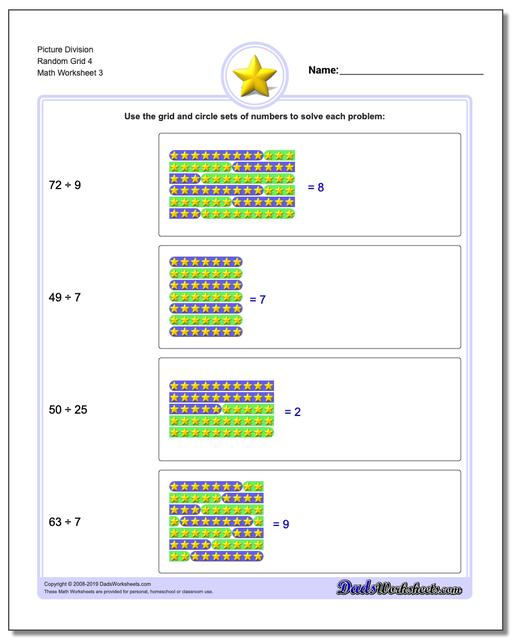
Each iteration of the inner for-loop results in the creation of a new sub-image with the specified width, height, and type ( JPG Joint Photographic Group or PNG Portable Graphics Format). The code uses a nested for-loop that iterates over the required number of rows and columns, i.e., 4 4 4 each. With the initialization complete, the next step is to create the sub-images. Depending on your requirements, you may allocate different values for the height and width of individual sub-images. In the context of this example, the source image is split equally into 16 16 16 sub-images, so the height and width of the source image are divided equally among the 16 16 16 sub-images. The code proceeds to determine the height and width of each sub-image. Since the original image will be split into 16 16 16 pieces (dividing the source image into 4 4 4 rows and 4 4 4 columns), you must ensure that the array has sufficient capacity to store all the pieces. Next, the code initializes an array of BufferedImage objects to hold the sub-images. Note: You can read the image file through either the URL-based method in lines 17 − 19 17-19 17 − 19 or from your local directory as shown in the comments in lines 12 − 14 12-14 12 − 14. The code below shows how you can divide an image into multiple sub-images in Java:

Once you decide on the rows and columns for splitting your image, you are ready to use the methods provided by the ImageIO package to split the image. To split an image into multiple sub-images, you first need to decide how many sub-images you require, e.g., if you want to split an image into 16 16 16 sub-images, you will need to split the image into 4 4 4 rows and 4 4 4 columns.

You can use the BufferedImage subclass as shown below: import You will also need the BufferedImage subclass to manipulate image data. The ImageIO package contains methods that allow you to perform read/write and encoding operations on images.

To split an image into multiple sub-images, you will need to import the ImageIO into your program, as shown below: import Fortunately, the imageio package in Java provides the relevant functionality to perform image manipulation with a few easy steps. Whether you need to transmit images over a network, split an image into different icons, or improve the general aesthetics of your website, image splitting and concatenation become necessary. Many applications require image manipulation techniques.


 0 kommentar(er)
0 kommentar(er)
